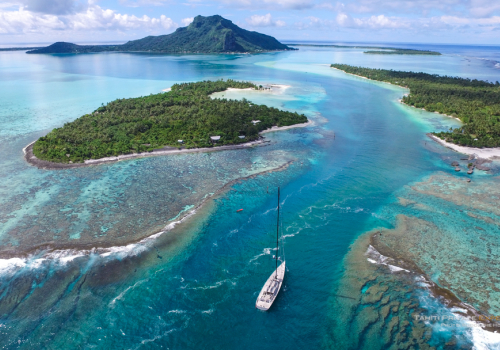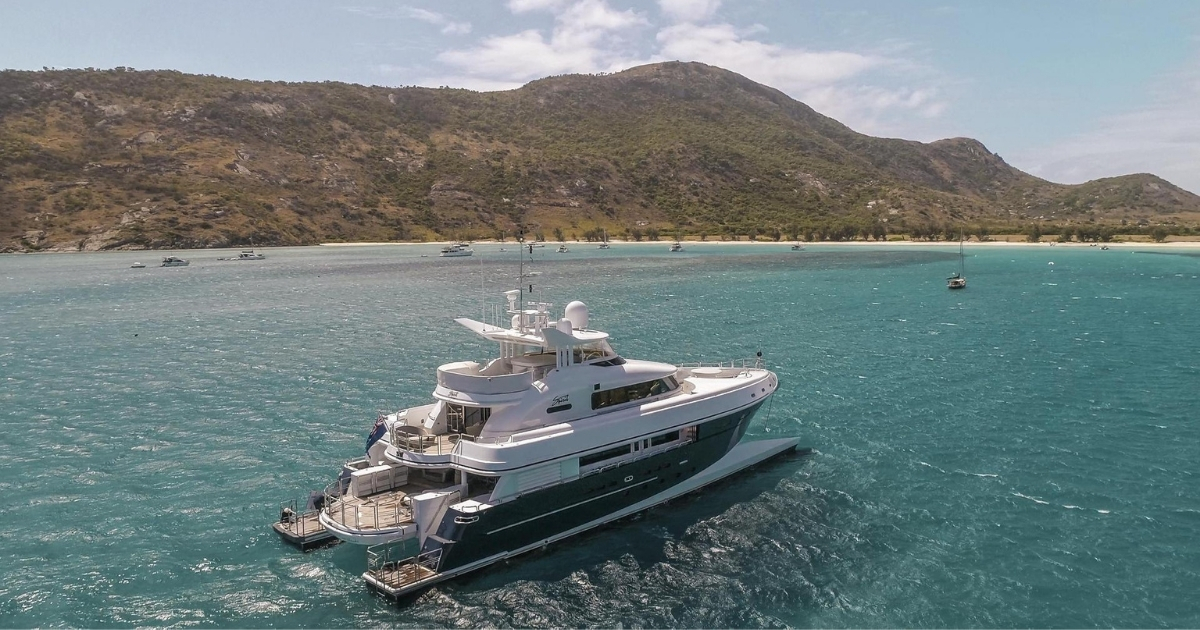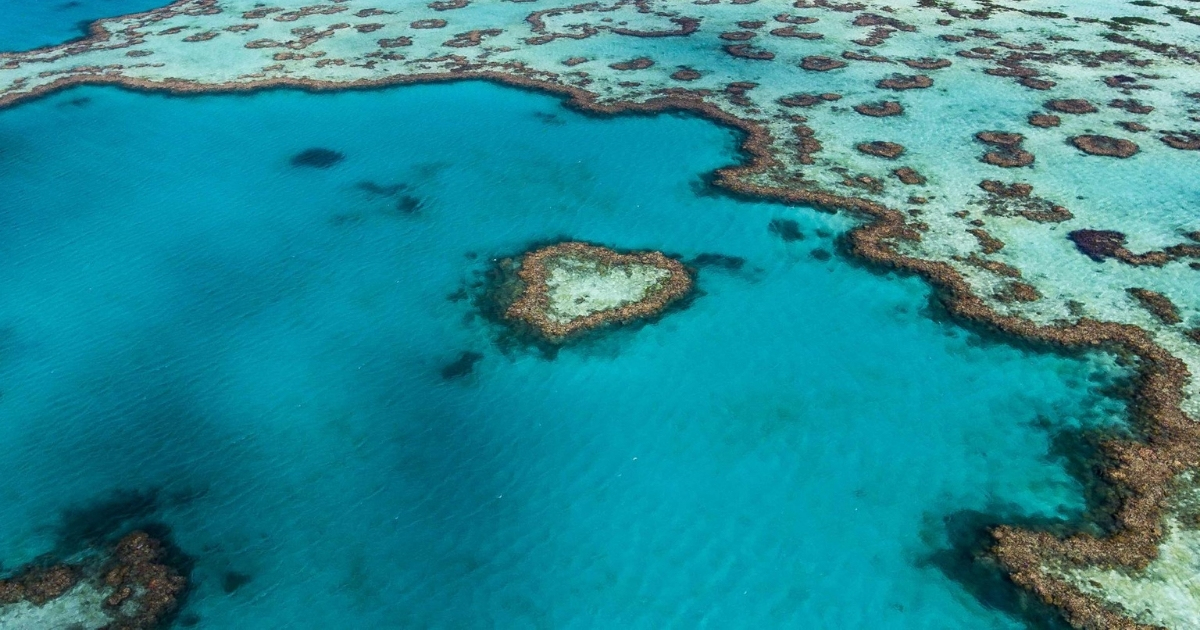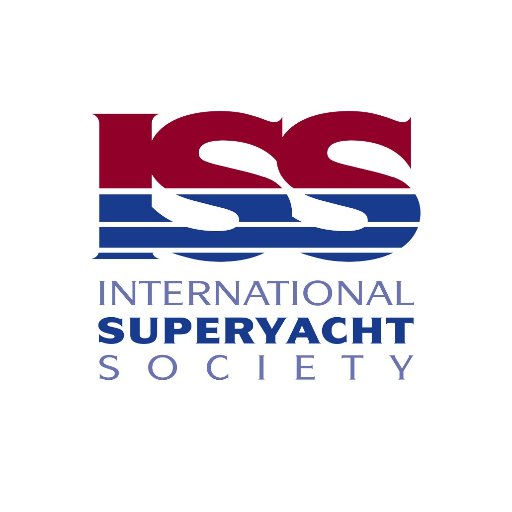What Happens to your Garbage when you are Cruising in Remote Regions?

Breath taking scenery, remote off -the- beaten- track cruising… many travelers seeking exotic beauty, quietude, different cultures and adventures in nature are traveling further and further afield. Some adventures are only possible by sea. Nowadays, more and more superyachts are designed and built to be able to explore remote destinations.
Many world cruising yachts are designed and built with the capability to limit their impact on the environment whether it is garbage management meeting the requirements of Annex 5 of the MARPOL Convention (Regulations for the prevention of pollution by sewage from ships implemented by the IMO) and sorting procedures or the use of a sophisticated watermaker with a reliable filtration system to reduce single-use plastic.
Captains and crew are aware of the impact the waste produced on a vessel may have in some areas where the local garbage facilities are not developed or are in the process of modernizing. More and more yachts store their e-waste, for example, until they reach a port where it can be treated and recycled properly.
One captain of a 60- meter motor yacht, currently cruising the Pacific, says that he reviews local regulations with a yacht agent for the intended cruising areas prior to arrival so he and his crew are well prepared.
Antonio Moreano of SeaMasters Galapagos, also a former national park guide, adds that aside from the maritime rules in place, the regulations in the archipelago are extremely strict and efficiently organized. For many years, the Galapagos has had the best treatment system in Ecuador. All trash is required to stay onboard until the boat is back at the port of call. Others would do well to take a lesson from this remote archipelago.
In Australia, the 35-meter motor yacht Spirit charters extensively in the Great Barrier Reef as well as the Solomon Islands and Papua New Guinea. Waste management is a constant concern. All waste must be retained onboard for disposal when the vessel comes into a port or marina. “Most charters are less than 2 weeks and therefore the majority of vessels, like Spirit, have the holding capacity for waste that is generated onboard during the charter,” he says.

However, what happens when the cruise is longer than 2 weeks? As the result of the Covid-19 pandemic, some owners and charter guests are opting to visit more isolated areas where they feel safe on a superyacht. Tahiti, for example, has seen the average length of guests’ stay onboard increase this season.
French Polynesia covers a territory as wide as the Continental USA featuring only 118 small islands. The country is faced with major geographical constraints (remoteness of the islands, low population density). If trash management is quite efficient in the main islands like Tahiti and nearby Moorea, non-recyclable trash is still buried everywhere. The local government is putting efforts to develop custom systems that fit the specificities of each island.
Being one of the most remote destinations worldwide, only 15% of the total waste collected is recycled. Most of the latter is shipped either to New Zealand or South East Asian dedicated facilities. As of today, only French Polynesia has the technology to recycle the glass collected. Also that which is considered a typical recyclable item in most developed regions may not be so in French Polynesia. For example, milk boxes cannot be recycled as the technology does not exist locally to separate the inner plastic film from the carton box. On remote islands, often there is no official area for dumping waste and no management in place so whatever is disposed of stays there. Collecting and transporting the garbage back to the main island of Tahiti on the few cargo ships supplying these areas weekly would be far too expensive.
Single use plastic is one of the major issues
Imported plastic water bottles are often stored either in the sun or in hot warehouses—not ideal conditions as these will increase the risk for particles and chemicals to diffuse in the water. What initially seems to be a healthy and lifestyle choice according to some famous fancy brands may not be in the end — not to mention the huge carbon footprint to import bottled water.
On a recent 3 week charter on a large motor yacht cruising remote areas, with 12 guests onboard, the yacht was provisioned with about 700 liters of imported plastic bottled water per the clients’ request despite available fresh water from the boat. A large part of the bottles, compacted, had to be left on a remote island as there was not enough storage onboard. Even if the local regulations were followed and it was authorized to leave some garbage on this island, the clients did not realize what was happening behind the scenes on these pristine islands. The bottles will never be recycled and will remain in the dump area until they end up as particles polluting the soil and the lagoon unless they end up in the ocean blown away by the wind.
Obviously, superyachts are not the problem and they are certainly not solely responsible for excess single use plastic. However, guests onboard can help make a difference by not adding to the population’s own waste when water is available onboard from another source than a plastic bottle. These days, the awareness of the harm from single use plastic is becoming ubiquitous— islanders are very well aware of the harm caused by single use plastic.
In French Polynesia, an initiative led by the local NPO Te Mana O Te Moana in coordination with the French Polynesian Ministries of the Environment and the Education, is teaching kids in primary schools to understand the impact of plastic on the environment, the marine life and their own health. In 2019, the project was supported thanks to a fund raising by the superyacht community to offer these kids a metal flask as a replacement from their daily plastic bottle.

More and more yacht owners and charter guests are aware that ocean conservation is necessary for a sustainable world and future. Many in the superyacht industry are taking action to contribute toward sustainability. A larger number of owners do not mind drinking the water supplied from either the vessel’s watermaker or the fresh water from the tap supplied ashore to fill up the boat’s water tanks. It seems to be the case in Australia. According to Carrie Carter of Carter Marine Agency, “All Marinas have excellent fresh water supply and here in Cairns, fresh water is free from the tap to all superyachts in the marina.” Carter mentions that shipping waste to Asia had become a problem and that there was a rise in new local companies offering to do so and turning some recyclables into new materials for various industries. She also added that given the good water quality locally, there were a few local brands available for guests rather than imported water.
Onboard the 106.7-meter Oceanco, S/Y Black Pearl, captain Chris Gartner says, “We have a water making system onboard for drinking water, which mitigates the use of single use plastic water bottles.”
Captain Debanks and his crew onboard MY Spirit offer guests their own “Spirit” water canteen, which they can fill directly from the yacht’s tanks, the moment they step aboard. “Occasionally, guests will request specific types of water, which we will supply” he says.
These days, there seems to be a growing awareness trend—aside from existing regulations—from captains, crew and more owners about the impact of plastic waste on the environment as well as the desire to switch to more sustainable packaging items. Joanne Drake, Manager at the Superyacht Group Great Barrier Reef and former chief stewardess, feels that guests chartering yachts occasionally may not be aware of the problems of single use plastic onboard, due to a lack of information or local initiatives but that charter professionals can play an essential role very early in the booking process by explaining to the clients how they could contribute to ocean conservation in a very simple but safe way.
Our industry and yachting community have the means to lead by example and make a difference regarding ocean conservation and single-use plastic health and pollution related hazards. Single use plastic banned events should become the new “norm” with the support of dedicated non-profit organizations to raise awareness through efficient communication but also industry professionals. Switching from single use plastic on a boat to other alternatives these days should not be so much of an issue providing that mind-sets change.
As first published by International Superyacht Society on 15th November 2020.

Post your comment
You cannot post comments until you have logged in.
Login to post a commentComments
No one has commented on this page yet.
RSS feed for comments on this page | RSS feed for all comments